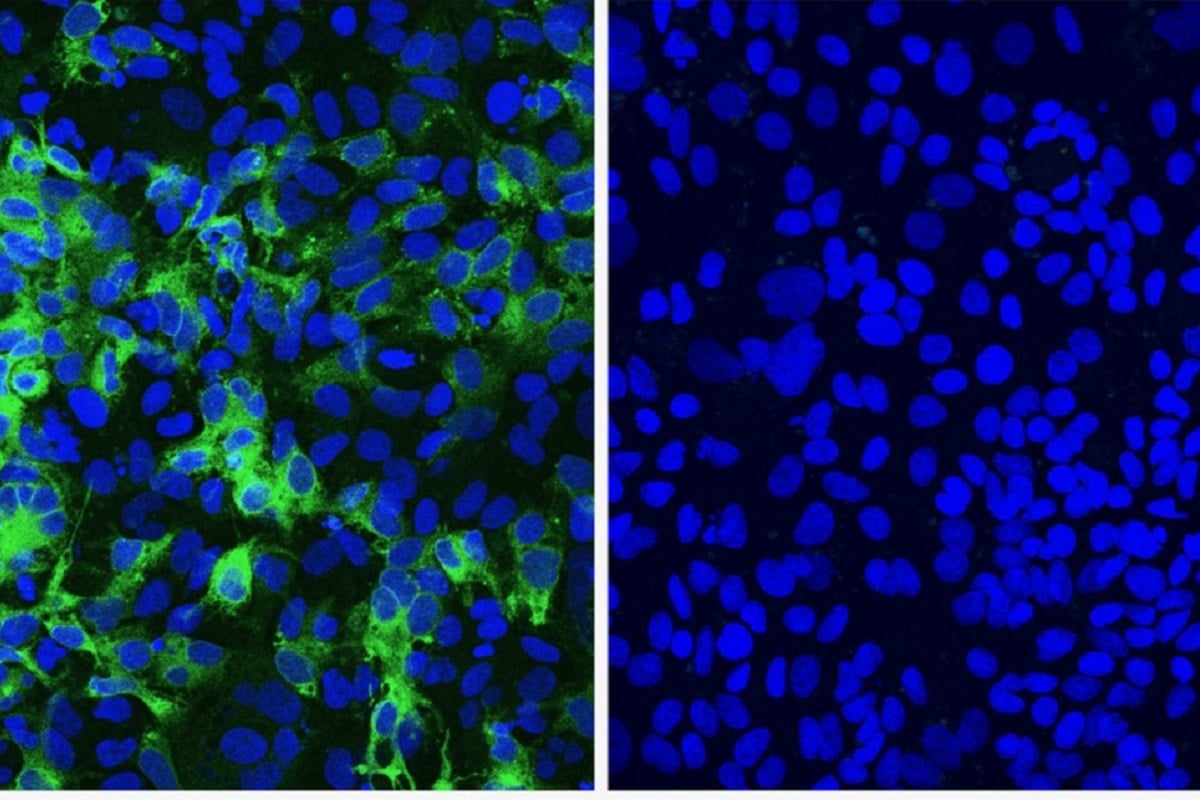New markers for early diagnosis of serious liver pathologies after defeating HCV

New combinations of antiviral drugs against the hepatitis C virus (HCV) have revolutionized the treatment of chronic hepatitis C, with the virus being eradicated in virtually all treated patients. However, researchers do not know what impact clearing the infection has on the incidence of hepatocellular carcinoma in these patients, a process that does not appear to be fully reversible despite cure of HCV infection.
The study, led by researchers from the Higher Scientific Research Council (CSIC), identified a small number of genes that remain abnormally expressed in cells free of infection. These changes are comparable to those seen in liver biopsies from virologically cured patients and demonstrates the value of infection models used to search for markers of liver health after recovery in patients following clearance of infection, which may facilitate follow-up of these patients.
In the work, led by Pablo Gastaminza, a researcher at the National Centre for Biotechnology (CNB-CSIC) at the CSIC, they used two models of persistent infection in cell cultures to analyse and compare differences in gene expression levels after complete clearance of the viral infection. Gastaminza points out that in the article published in the Journal of Medical Virology, “we describe a general change in the expression of infection-related genes after the resolution of the infection, and how, however, a small number of genes continue to be abnormally expressed in cells that are now free of infection.”
Victoria Castro, a researcher at CNB-CSIC and first author of the paper, details the novelty of the work: “Comparison of the results obtained in two types of cell culture models suggests that permanent transcriptional changes They can be established either by the phenomenon of selection of cellular subpopulations with greater competitive ability, in the case of proliferative cultures, or by the direct effect of virus replication on the regulation of cellular gene expression. Moreover, some of the changes observed in both models are consistent with changes observed in liver biopsies from patients cured of chronic infection.”
In addition, the researcher continues, “these infection models may provide relevant information for the search for markers of liver health after recovery, which may facilitate the follow-up of these patients who are not exempt from the risk of developing hepatocellular carcinoma. On the other hand, these data provide new insights into the direct contribution of viral replication to the development of hepatocellular carcinoma.”
This work is the result of a collaboration between researchers from the CIBER Liver and Digestive Diseases (CIBEREHD), Pablo Gastamins from CNB-CSIC and Sofia Pérez del Pulgar from IDIBAPS in Barcelona, in conjunction with the Bioinformatics Unit Genomics and Proteomics of CNB-CSIC.